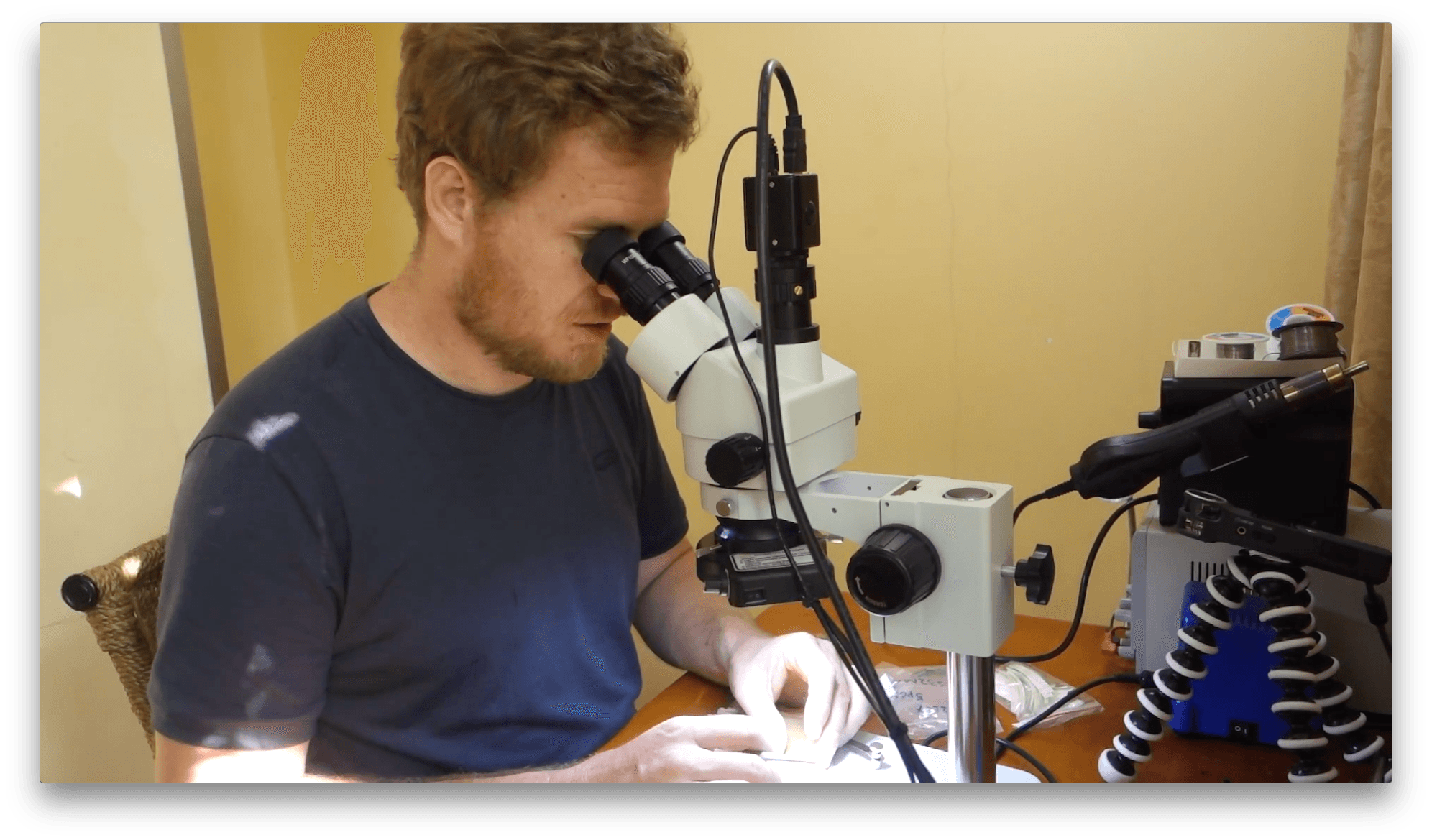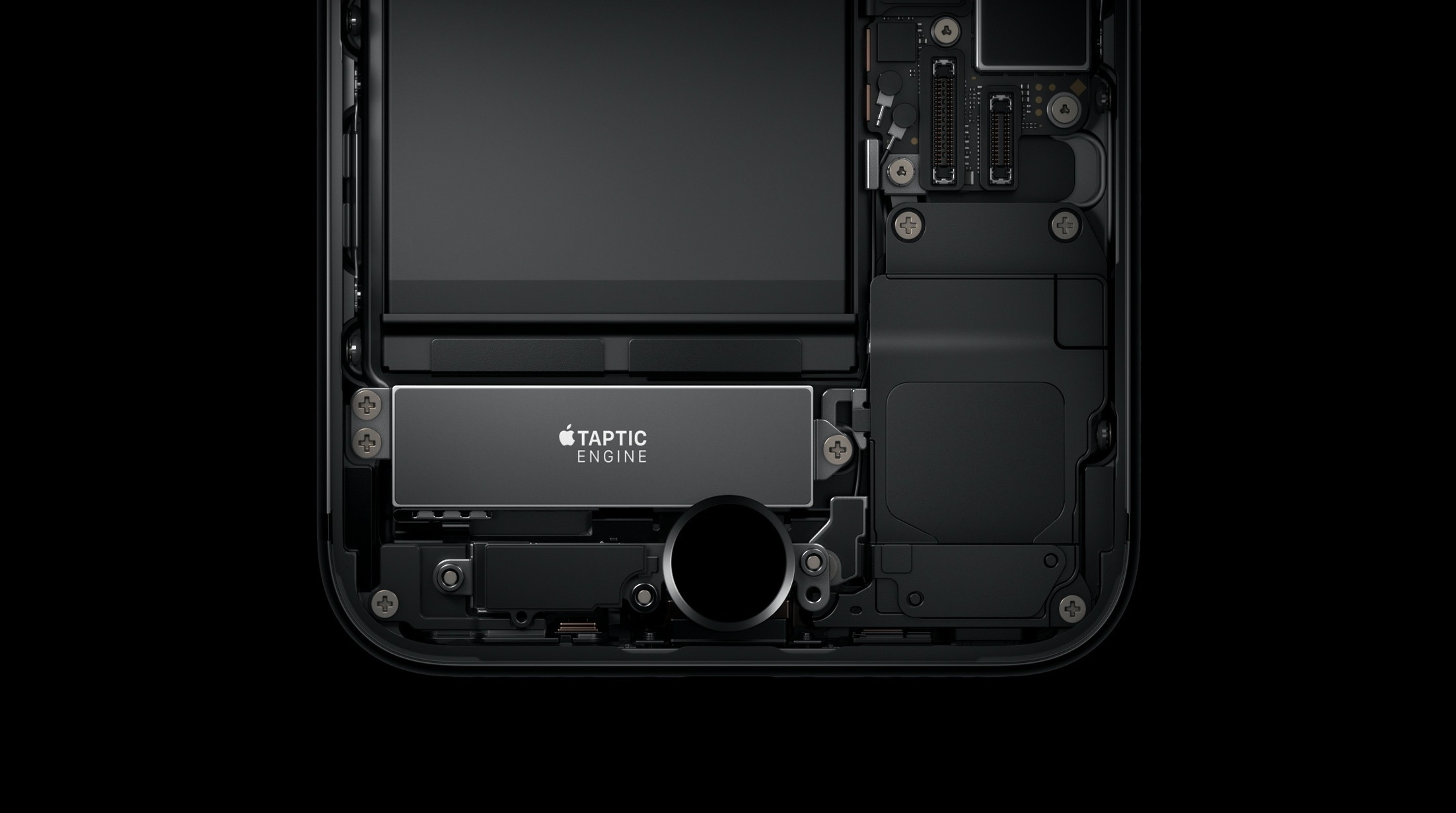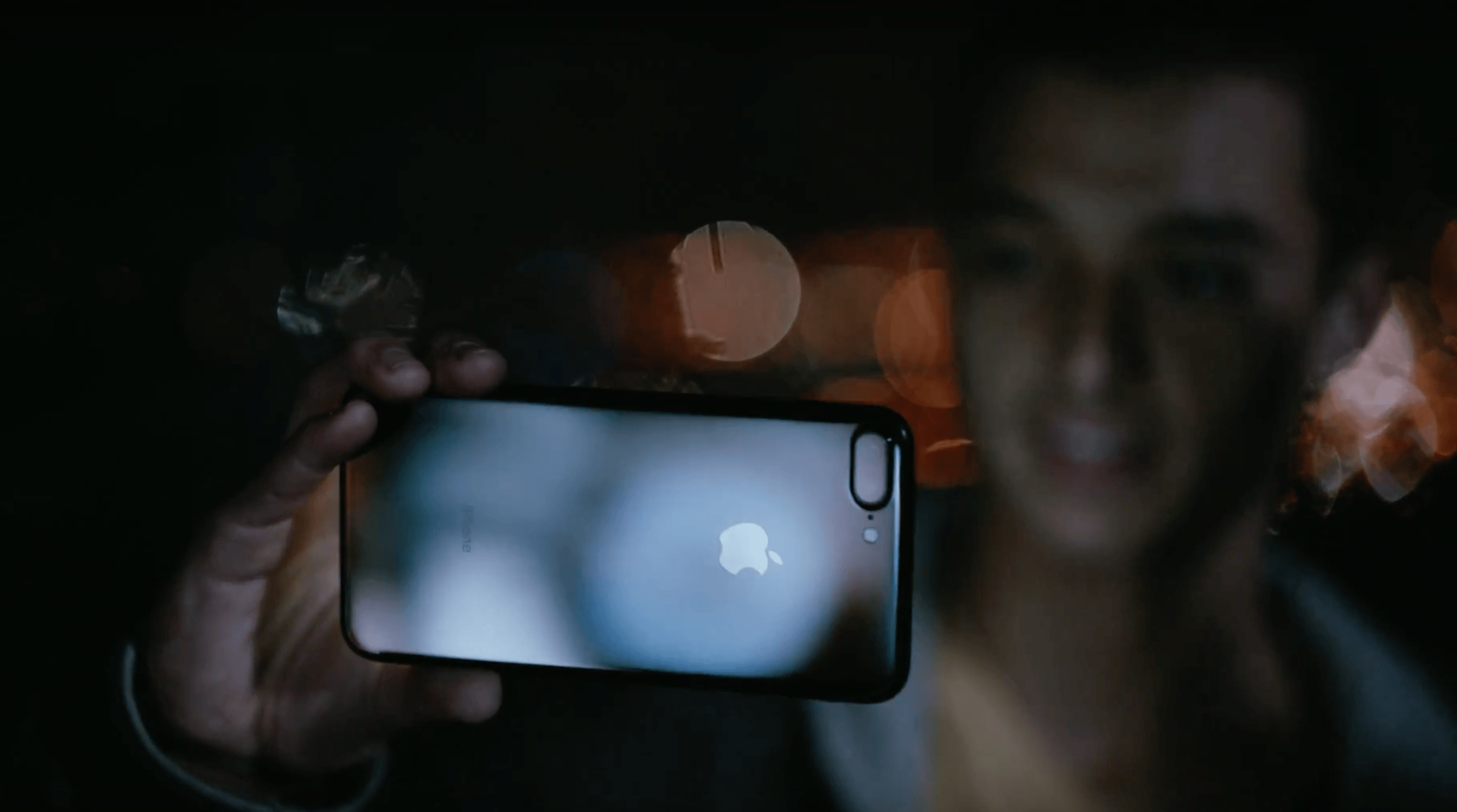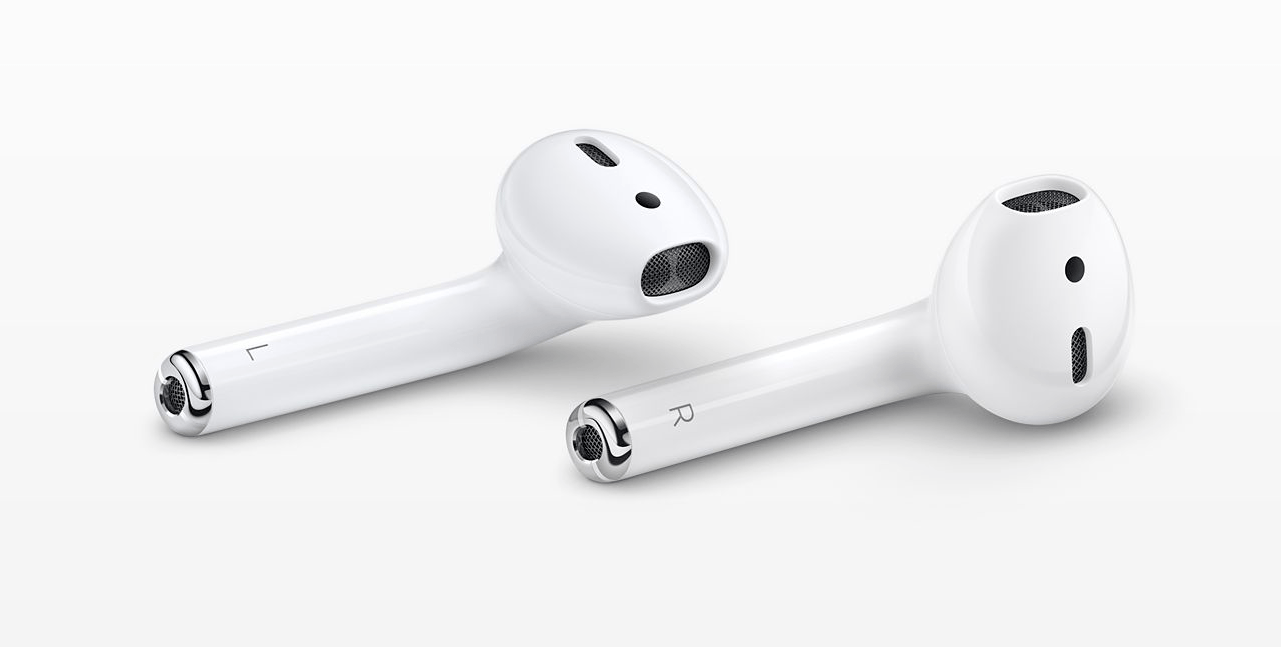Scotty Allen wanted an iPhone 7 with a headphone jack, so he set out to build his own. Jason Koebler at Motherboard chronicles Allen’s epic quest:
This sorcery took four months of engineering, Allen told me. Many iPhones were sacrificed, and lots of grey-market parts purveyors were enlisted in the quest.
The process wasn’t cheap either:
“I shifted everything up a little bit and took out protective brackets and shields and shaved things down,” Allen said. “I lost three full phones trying this, a good handful of screens, a stack of components. I broke easily close to $1,000 worth of parts in the last week, which just about broke my will. But it got to a point where I told myself—I am going to keep doing this until I prove to myself it can’t be done.”
Allen also had to design and connect a custom flexible circuit board that allowed switching between the lightning connector and his custom 3.5 mm headphone jack.
Allen’s elaborate iPhone hack isn’t something most people could accomplish and even if they could, it isn’t economical at this scale. Still, the story is an incredible tale of ingenious DIY engineering and a fascinating window into the electronics marketplaces in Shenzhen, China. I highly recommend watching Allen’s detailed account of his efforts on YouTube.







